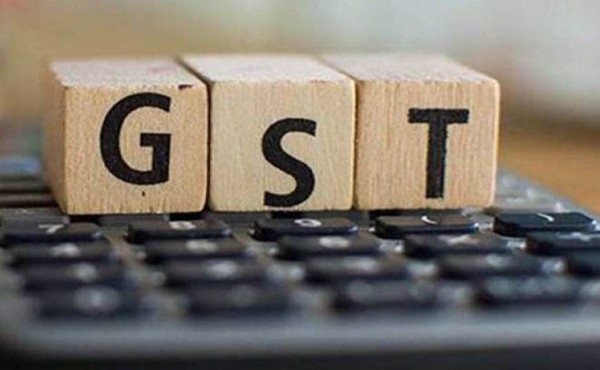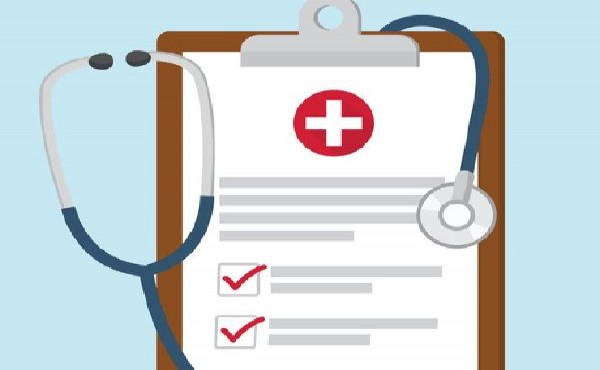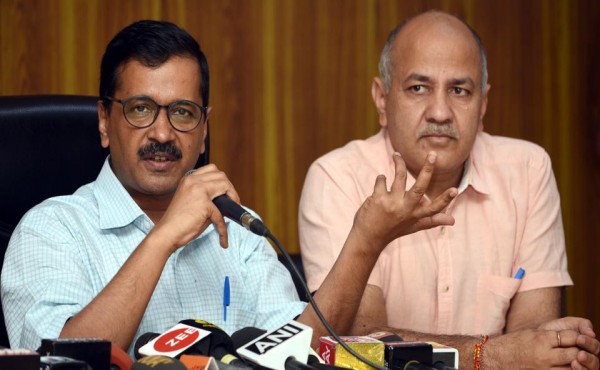Supreme Court’s Artificial Intelligence portal unveiled, said to be a ‘perfect blend of human intelligence and machine learning,’
Dated: April 07, 2021
- By Megha Bhatia
The Supreme Court’s Artificial Intelligence Committee unveiled the SUPACE (Supreme Court Portal for Assistance in Court Efficiency) Artificial Intelligence portal on April 06, 2021.
CJI Bobde, CJI designate Justice NV Ramana, Justice Nageswara Rao, who is also the Chairman of the Supreme Court’s AI Committee, and High Court Judges attended this event.
The CJI described the Court’s Artificial Intelligence Portal as a ‘perfect blend of human intelligence and machine learning,’ as well as a “hybrid device” that operates in tandem with human intelligence.
He believes that the device being launched is unique in that it includes human-machine interaction, resulting in impressive outcomes.
CJI answered the objections and complaints that Artificial Intelligence faces, as it means automatic decision making for most people. He explained that such complaints are unfounded in terms of this scheme, which is intended to provide facts to judges who need them for decision-making and to allow them to provide judgment.
“It is our view and is in consistence of each judge, that the decision must be left to him, a machine ought not to dictate it,” CJI said.
The CJI claimed that he himself feels it would be disastrous to allow AI to make decisions in cases concerning human issues that need the most human dialogue. As a result, great care has been taken to ensure that AI only gathers the applicable facts and legislation and makes it accessible to judges at their fingertips, rather than making decisions for them.
“This is where we, Indian Judiciary will stop using it, after its given all the information & analysed all answers. We are not going to let it spill over decision making,” CJI said.
He affirmed that the software would fully retain Judge’s autonomy and independence in making decisions, though at a much quicker pace due to the speed at which AI makes information accessible.
He believes that artificial intelligence can think in words and figures, and that it progresses if more examples are presented.
The CJI went on to say that AI lacks access to thoughts and emotions, and instead works in cognitive fields where perception is limited to words and symbols. The mechanism that is being implemented is not intended to make decisions, but rather to conduct all factual discovery so that the Judge can make the final decision.
CJI referred to SUPACE as “truly a pioneering effort because it is not like the other AI systems which we have heard about being used in the rest of the world and are being used by the judiciaries in Japan and certain other countries.”
CJI Bobde said that after the loss of then-World Chess Champion grandmaster Garry Kasparov at the hands of AI software Deep Blue in 1997, most people had not given Artificial Intelligence much thought.
“It is very interesting that Kasparov won most of the games and lost one. The point is that Deep Blue had not been programmed to understand Kasparov's moves. The more Deep Blue was used, the more it was employed to play grandmasters, it became better and better and the grandmasters started to lose more games simply because of the phenomenal capacity to analyze without any emotions,” said CJI Bobde.
Artificial Intellegence is to the intellect what muscle memory is to our mind, he went on to say.
CJI Bobde also allayed concerns that AI would lead to work cuts, saying that the platform would not result in the redundancy of any Judiciary post, and that the only impact that can be expected right now is that it would minimize the amount of time that officers in the Registry are exposed to.
He remembered that when the Bombay High Court implemented computerization, the workers expressed similar concerns. However, computerization decreased Registry officials’ workload, allowing them to return home early and spend more time with their families. He hoped that AI would have a similar effect on the court's workload.
Chief Justice of India Designate Justice Ramana described the incident as a landmark moment in the history of the Supreme Court and the judiciary, adding that the AI tool is just another feather in the CJI’s cap. He said that it is another significant step in ensuring access to justice and that it will assist the judiciary in eliminating pending cases and providing justice to those who are in need.
The tool, according to Justice Ramana, can be used in court trials in a variety of areas to help save time, as well as in motor accident claims where it can be helpful in resolving cases.
He noted that there was a need in the judiciary for modern cutting-edge technologies such as machine learning and artificial intelligence to enhance the quality of the justice delivery system, and that this concept had contributed to the Supreme Court establishing an AI Committee in 2019.
The legal research assistance on the judicial side, according to Justice Rao, was the brainchild of CJI, who had discussed it with Mr Trivedi and took two years to shape.
“Work of judges specially in Indian Scenario heavily centre around processing information. The cases are adjudicated upon based on precedents which are more material generated in adjudication process,” Justice Rao said.
The AI Commission, according to Justice Rao, recognized the ability of AI in cataloguing all of this data for improved management, whether it be in understanding factual matrix of cases or in complex analysis of precedents.
The software’s main features include automating and extracting information from 3les, extracting facts such as date and time, finding different questions with answers, indexing and bookmarking, and a chatbox to accept automatic recommendations, among others.
In addition, Justice Rao claimed that the creation of SUPACE for criminal matters is advancing and that the findings are promising. The AI Committee has agreed to test the SUPACE tool with judges in the Bombay and Delhi High Courts who deal with criminal cases. The use of AI in Motor Accident Claim Tribunals is also being investigated, with a special Sub Committee created for this reason.
The AI Committee advises that all High Court Judges should begin using it to save time and increase productivity, according to Justice Nageswara Rao.
During the event, the technical team gave a live demonstration of the AI system.
Top Stories

Adultery no longer a Criminal offence says Supreme Court...
September 29, 2018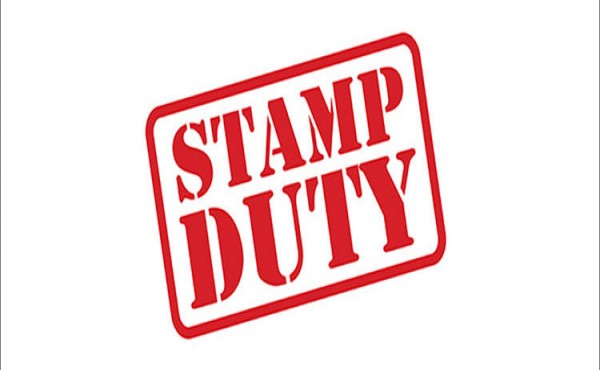
Stamp Duty on transfer of Shares and Debentures
September 14, 2018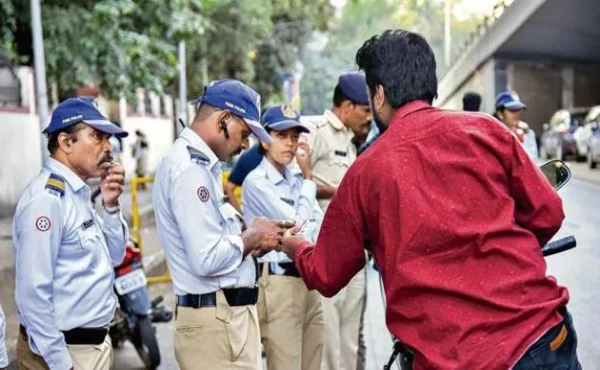
SHEDDING LIGHT ON SECTION 353 OF INDIAN PENAL CODE (IPC)
March 13, 2022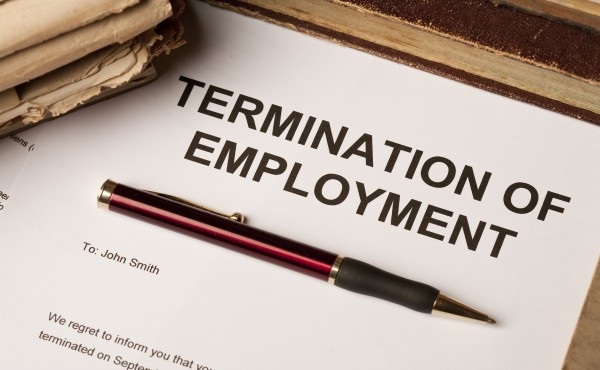
DISMISSAL, DISCHARGE, TERMINATION AND RETRENCHMENT OF AN...
September 14, 2018
Are Adultery Laws Biased in India
August 13, 2018